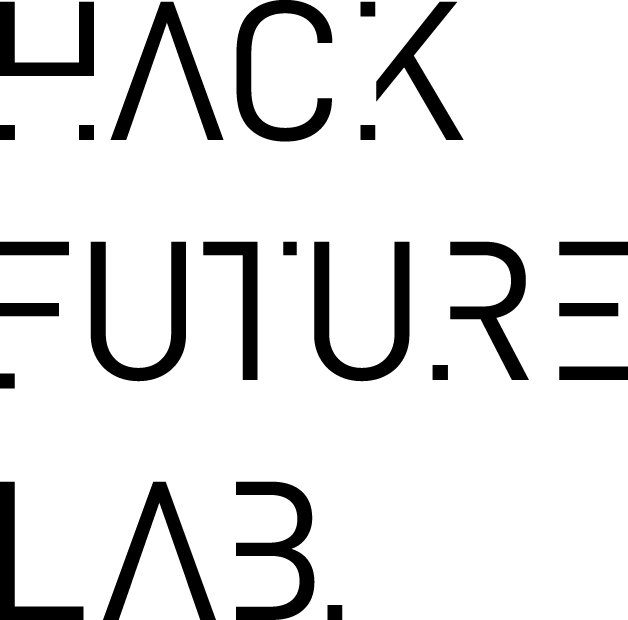The Future is Now
‘1/3 people expect to lose their jobs to automation in the next five years’.
If I were to offer one piece of advice for leaders and their organizations, it would be this: embrace today’s AI tools and use them to re-imagine your business if you want to win the future.
Recently I received an email from an executive assistant called Amy Ingram. It was a friendly but professional email to schedule a meeting with the CEO of a new tech company I was researching for my new book, The 3D Leader. After a couple of email exchanges, the Zoom meeting was confirmed and I thanked Amy for her help. When I got to speak with the CEO later that week, he looked at me with a smile, and with a curious tone of voice, he asked: “What did you think of Amy Ingram’s emails?” A little confused, I replied that they were very professional and courteous and, most importantly, achieved their desired outcome. The CEO smiled again, paused and said that he had a confession to make: Amy was not a human being. She was, in fact, an AI program, and the clue was in her initials (Amy Ingram). “Will you forgive me?” he asked.
Next is now
My first reaction was embarrassment; I hadn’t been having a conversation with a human being. My second reaction was paranoia; I found myself questioning whether I was part of some experiment. My final reaction, however, was acceptance; science fiction has become science fact.
In other words, the future has already arrived: cars that can drive themselves, platforms that can anticipate our every need, and robots capable of everything from advanced manufacturing to complex surgery. Of course, I did forgive the CEO, because it’s evident that we now live and work in a ‘phy-gital’ world. As humans and machines increasingly work alongside each other, leaders will be forced to rethink how we work and why we work, and they will feel more pressure to adopt AI and automation because the cost and efficiency gains are so much higher (the more data you feed into algorithms, the better they will get over time). The challenge for leaders is to learn to see things in the present even if they are in the future.
AI is the new electricity
Reading just a few months of headlines shows that AI and automation are quickly and inevitably becoming the new engines of growth. Organizations compete on the rate of learning and their ability to offer personalized, predictive and zero-friction customer experiences. Starbucks will launch 4,000 AI-enabled robo-baristas in stores by the end of 2020 in order to automate and optimize the brewing, frothing and drinking of coffee. Not to be outdone, fast food giant McDonald’s is planning to test kiosks at some of its locations where customers can order by talking to a digital assistant, while China’s Luckin Coffee grew to over 4,500 stores in three years by putting data and algorithms at the centre of the company. AI is the new electricity and data is the new oil.
Disruption drives reinvention
Ernest Hemingway wrote that changes arrives in two ways – gradually and then suddenly. Change is happening here and now, driven by powerful AI that is already available – and it will eat incumbents for lunch if leaders fail to harness the power of AI. Behind the scenes, digital superpower companies such as Amazon, Google and Microsoft have already re-engineered their business models and entire operating models around software, data, and AI to power a completely new breed of organization.
Mental retooling needs to happen throughout the organization. It’s now no longer just about return on investment. It’s about return on intelligence. Royal Dutch Shell, for example, recently announced it is expanding an online program to teach AI skills. So far, 2,000 of its 82,000 employees have expressed interest or have been approached to participate. The online courses are offered by learning platform Udacity, which has rolled out an ‘AI leadership program’ to help leaders reinvent how their organizations operate and compete.
